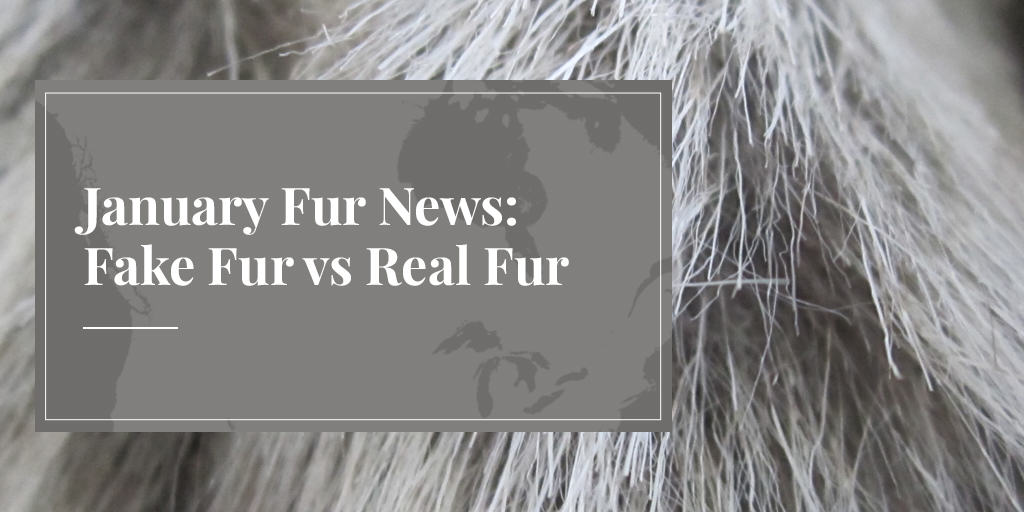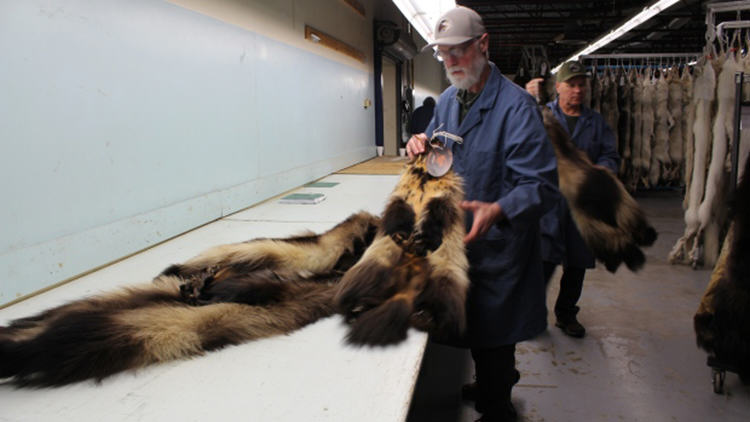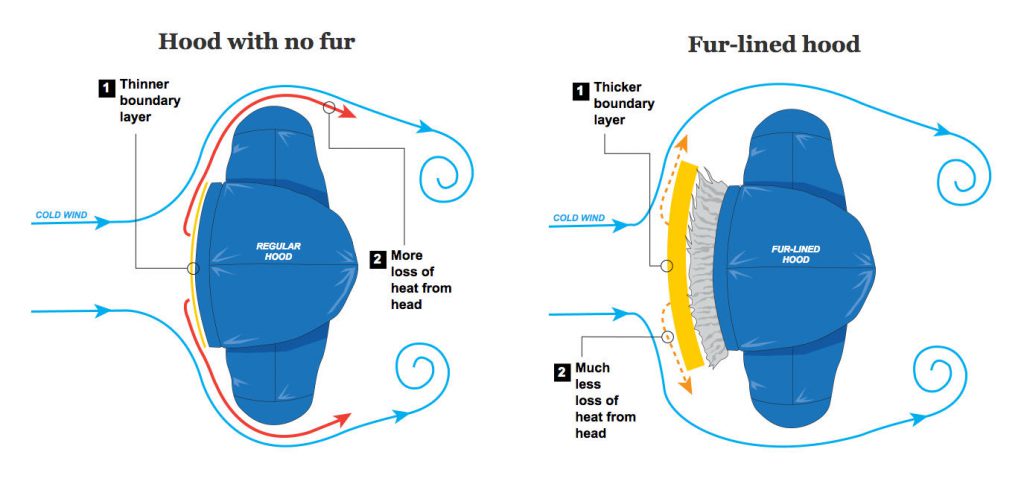
It’s our first news roundup of 2018 and we want to start off the year asking this question: fake fur vs real fur, which is better? Well, all of us fur lovers know the answer but sadly a lot of people think that fake fur is a good alternative to real fur. Those same people also tend to care about the environment and want to protest pipelines, so it was time to set them straight. That’s why the International Fur Federation produced this excellent video, highlighting the dangers of plastic pollution from synthetic fabrics. Fake fur vs real fur – it is obvious that real fur is the better choice for the environment and our planet. (Interested in the history of fake fur? This is worth reading.)
Wild Fur Prices Up

Speaking of the environment, the stewards of the land (otherwise known as trappers) are seeing some increases in auction prices, both at the Thompson Fur Tables and the Fur Harvesters Auction (pictured). But trapping isn’t just about making money, it is also about passing down skills from one generation to the next, managing wildlife populations, returning to rural roots, and living off the land.
The trapline may seem very far away from a fur store in Manhattan, but the two are quite connected. Unfortunately for the furriers of NYC, rising retail rents are forcing some independent businesses to close down. If that’s not bad enough, thefts of fur coats are also a threat.
But retailers are used to weathering challenging times, and it is not all bad news. British retail trade magazine Drapers surveyed some premium retailers and many of them named fur items as some of their bestsellers over the holidays. Speaking of the Brits, British Vogue had a fur ad in its pages recently, and the activists were not impressed. Maybe the magazine is finally realising that its selective no-fur policy is quite hypocritical when it frequently features exotic skins, sheepskin, and leather.
Fur Trim Works

One of the main criticisms we hear from activists is that fur is often used as trims, and fur trims are not effective in keeping people warm. Finally, we have proof that this is not the case. There is a science behind why real fur hood trims are effective (pictured) and we explored that topic in a recent blog post about fur hood trims. That won’t stop the activists trying to shut us down, but we hope that this war will be one of facts. Proof that fur trims are effective only strengthens our industry, and when it comes to fake fur vs real fur, the natural, biodegradable, sustainable option always wins.
Let’s end this month’s roundup with a few important news stories that caught our attention.
Here are ten organizations that you should never give donations to.
This Greenville fur company makes outfits for Hollywood.
Even if you are a vegetarian, you still have blood on your hands.











In the fight between Faux fur and real fur, it can get really confusing while watching both sides throw accusations and criticisms, this is why people sometimes forget what is the real aim of it: to stop the unnecessary fur farming. The thing is that no one strives to destroy traditions and skillcraft, it is the unethical business of the fur farms that is the main target of the movement.
That is the animal rights perspective, yes. One reason the real fur vs. fake fur argument may be confusing is that while the fur trade has long criticised fake fur for the environmental harm it causes, we are only partially responsible for the huge negative press fake fur is now receiving. The real momentum came from environmental scientists studying the harm caused by plastics in general, and in particular plastic bags. This has now become a major trend, and fake fur has been caught up in it. It’s a huge boon for the fur trade, of course, but the real credit for this sea change can be pinned on opponents of plastic bags.